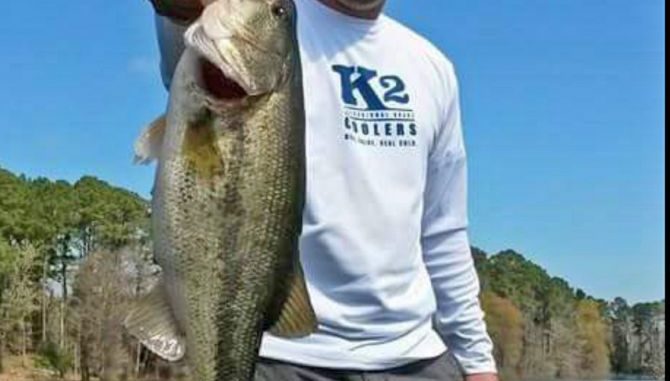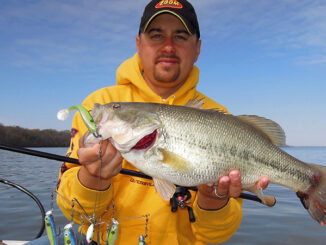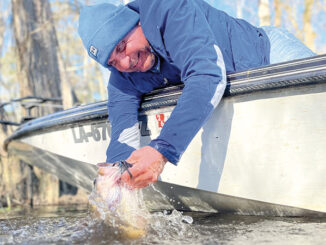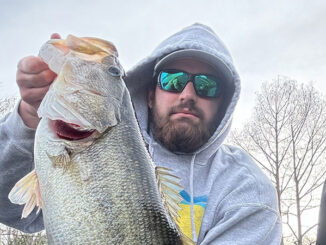
Spring run of big bass is on
The annual run of Toledo Bend big bass has been under way for a few weeks now, but the full moon that peaks March 31 will really crank up the action, one angler who spends lots of time on the lake said.
“With this full moon, it’s going to be the major wave,” Youngsville’s John Pecoraro told LouisianaSportsman.com.
Pecoraro said he’s going to be spending time on the south end of the lake, since bass on the northern reaches of the reservoir have likely have spawned out.
Plus, a high lake level has those fish that are still on the banks pretty much inaccessible.
“A lot of the good fish up north are where you can’t get to them,” Pecoraro said. “They’re up in the bushes and in the structure where you can’t reach them.”
The southern reaches of the lake, on the other hand, are prime for producig big spawners, and his time on the water has provided evidence few bass have yet to drop eggs.
“We’re not seeing any bass cruising or fry,” Pecoraro said. “That leads me to believe it hasn’t happened down south.”
But that should change this week, with bass creating beds along the banks in areas like Housen Bay, Indian Mounds, Six Mile, Negreet and Mill Creek.
Pecoraro said he’ll definitely spend some time looking for those beds.
“I’ll just be looking for beds and seeing if anyone’s home,” he said.
But he’s not overly confident he’ll find many bass in the shallows.
“Between the (fishing) pressure and the high water, they’re really not showing themselves on beds,” he explained.
So what is this angler’s main approach going to be?
He said he will focus on points and cypress trees, and work any of the sparse hay grass he finds.
Working transition areas in 4 to 8 feet of water also can be productive — in fact, many of the double-digit bass caught thus far were in these travel routes between deep water and spawning flats.
Pecoraro said he’ll be tossing Senkos and wacky-style plastics around submerged grass, as well as burning Rat-L-Traps and spinnerbaits through the vegetation.
And there is actually a larger amount of hydrilla and coontail available than in the recent past.
“The grass is coming back,” Pecoraro said. “It’s starting to show up in the backs of channels. I’m seeing it on my graph in 8 to 12 feet of water.”


